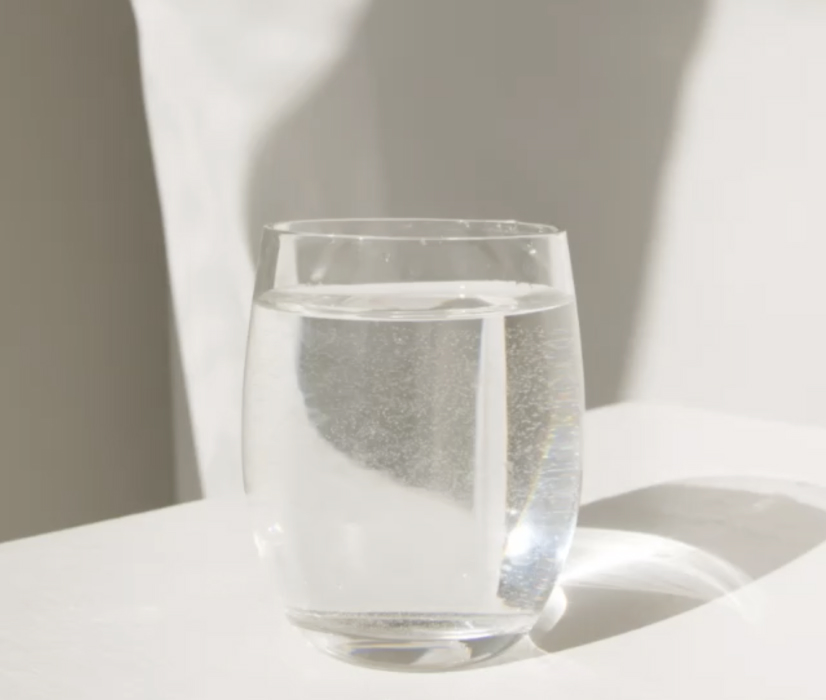The
clarifyer
clears things up for you.
Because we’re aware that understanding all these domestic water filtration systems is complicated.

Do you still not know which is the best option for you?
Do the different water treatments confuse you?
Have you heard rumours about osmosis?
Do you not know exactly what a softener is for?
We can help you.

Tell me who you are
and i’ll tell you what you need.
Concept clarifyer.
-
What is a water filter?
A water filter is anything, of any size and any technology, which holds back undesired substances present in the water.
-
How many types of water filter are?
Many. But not all of them filter the same particles, nor with the same level of safety, and nor do they provide the water your body needs.
- Active carbon. Effective for eliminating chlorine, which is responsible for unpleasant smells and tastes. Not much more. It’s as simple as it is economical. But if you’re not going to do the cleaning and maintenance properly, it’s better to drink from the tap.
- Reverse osmosis. This includes active carbon, among other things. This is effective for eliminating ABSOLUTELY everything other than H2O from the water. These always include postfilters which add the minerals our body needs back into the filtered water.
-
Are all osmosis systems the same?
Of course not.
Not all membranes filter equally well.
Not all osmosis systems add the same types of minerals, or in the same amounts, into the water.
Not all of them disinfect the water.
Not all have the same safety systems.
Not all of them last as long.
Et cetera, et cetera, et cetera. -
How many types of osmosis are there?
- Unpressurised osmosis. The filtered water is deposited in a tank you can access. These are the fastest, most modern and safest units, and are therefore the best quality.
- Pressurised osmosis. The filtered water is deposited in a hermetically sealed tank: this makes them less secure and they also reject the most water (per litre of filtered water).
- Direct osmosis. As these have no tank, the filtered water comes out of the tap directly. They are slower and more expensive to maintain, as the parts do not last long.
-
How much maintenance does an osmosis system need?
To have perfect water, once per year. If you buy the parts, you can change them yourself, which is simple. You can also engage a maintenance service so you won’t have to worry about anything, for 186€ per annum.
-
What does a water softener do?
It softens. That is, it eliminates scale and its consequences.
-
Why would anyone need a softener?
Posh people with exquisite taste would. But they are not wrong, because scale wears down everything in contact with the house water prematurely: dishes, screens, taps, pipes, appliances, heater and clothes.
-
How much maintenance does a softener need?
To have perfect water, once per year. If you buy the parts, you can do this yourself, which is simple. You can also engage a maintenance service so you won’t have to worry about anything, for 216€ per annum.
-
How much salt does a softener need?
There isn’t an exact answer, as it depends on consumption and the water quality in the zone. But, approximately, 150g per litre of resin.
-
Are all softeners the same?
No.
Not all are equally effective.
Not all use the same technology.
Not all produce the same flow.
Not all work in zones with very hard water.
Not all last as long.
Not all eliminate the chlorine. -
Do our products pollute?
No, that is the point. Our osmosis, softening and ozonation systems are devised to eliminate the daily consumption of plastics, detergents and chemicals which do befoul and pollute the environment.
Also, the majority of cartridges can be recycled in the yellow container (plastic).


